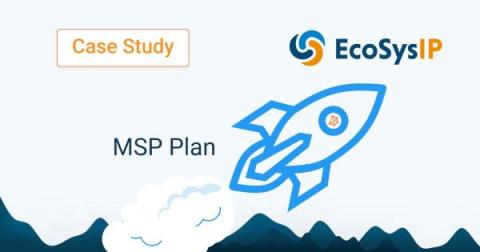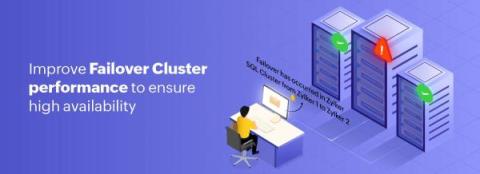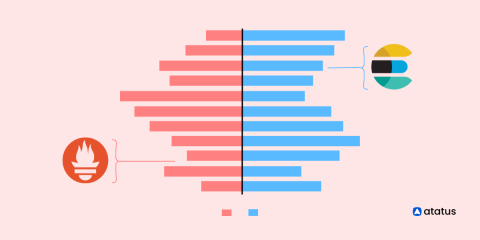The 6 FinOps Principles: How To Apply Them To Your Software Dev Cycle
The FinOps Foundation sets out six FinOps principles cloud-based companies should follow to achieve and maintain optimal control over their cloud spending and cost efficiency. On the surface, they seem straightforward enough. The first principle, for example, is that teams should always collaborate in real-time to “continuously improve for efficiency and innovation” when it comes to staying on top of software development cloud costs.











